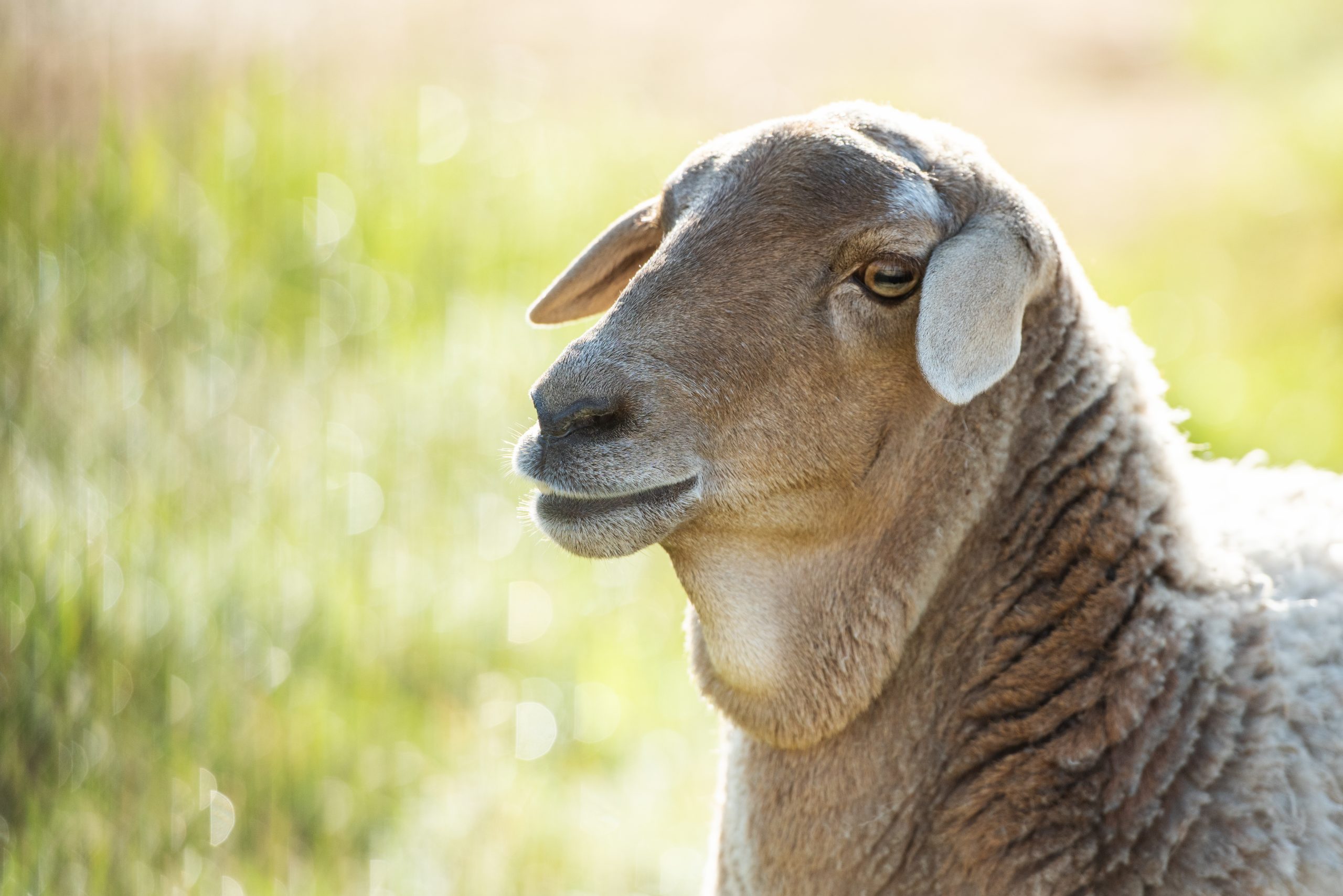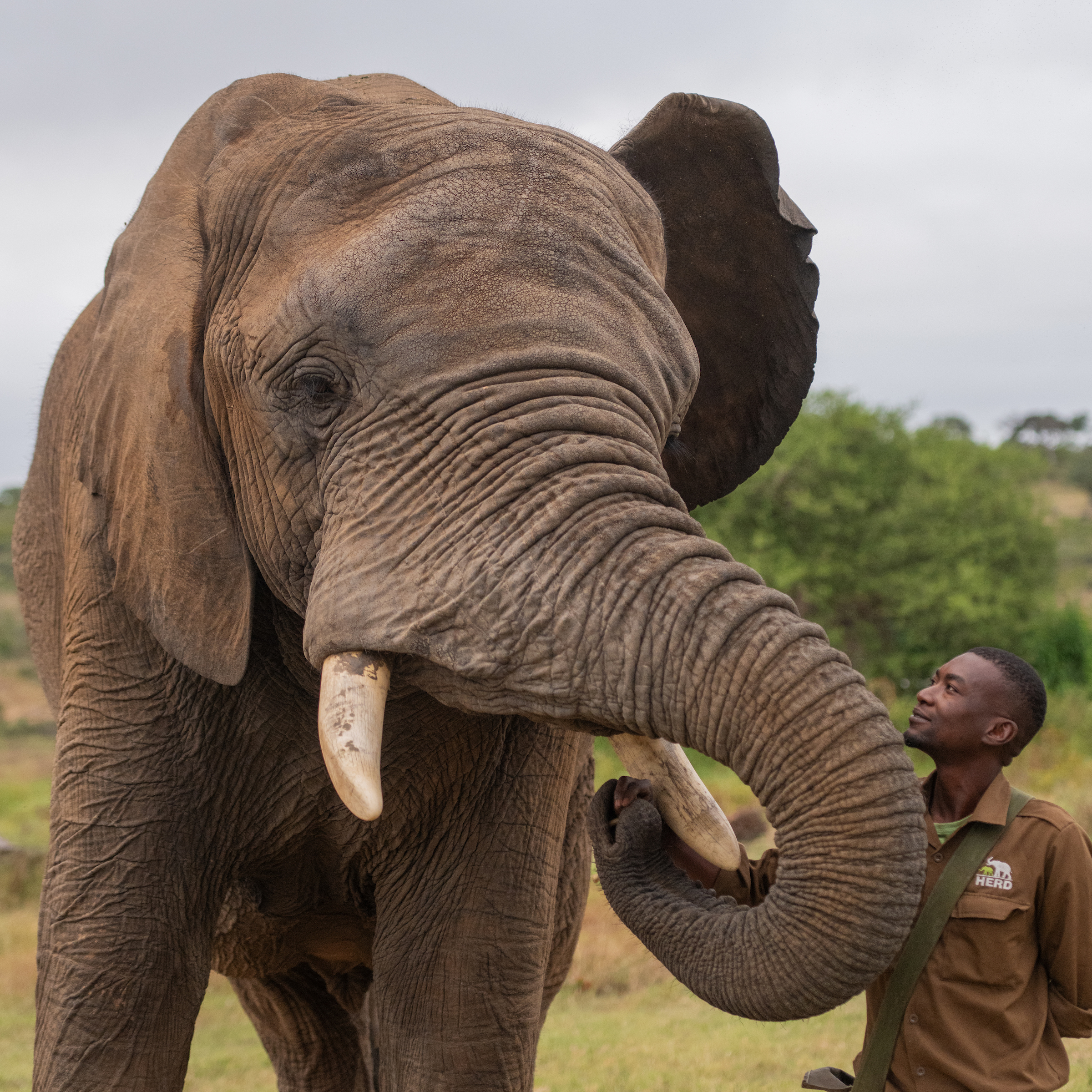Protecting the Elephants’ Home During Drought
Like many parts of southern Africa, our reserve is facing severe water shortages caused by reduced rainfall and high temperatures.
With our water sources drying up and vegetation sparse, animals are struggling to find adequate food and hydration.
This year, the El Niño has had devastating effects in southern Africa, causing a severe drought and impacting wildlife in the region. El Niño is a climate pattern marked by warmer-than-normal sea surface temperatures in the Pacific Ocean, disrupting global weather systems.
We have seen the effects of this drought firsthand, with our waterholes almost all dry. Our herd can only drink and swim in waterholes that we are filling with water using pumps. We are taking the opportunity to make the current dried-up dams deeper and to create solar-powered borehole water supplies.
Herbivores like elephants, antelope and zebras face the threat of malnutrition as their food sources become scarce, leading to higher mortality rates. Predators are also affected as prey becomes more limited. The drought forces wildlife to travel greater distances in search of water, often leading to overcrowding at remaining waterholes, which can result in competition and conflict between species.
The after-effects of this El Niño could lead to long-term damage to ecosystems as plants and animals struggle to recover from the drought. Waterholes and rivers, critical for supporting wildlife and surrounding communities, may take months or years to replenish.
We will do everything we can to ensure the well-being of our elephants and surrounding wildlife as we await the much-needed rain.
Habitat plays a vital role in the survival of all wildlife. For World Habitat Day on 7 October, we are highlighting this and our work to support and sustain our wilderness.
You can help by supporting our land restoration project – https://www.globalgiving.org/projects/help-save-an-elephants-home/
Thank you for your continued compassion and support ??





No comments yet.